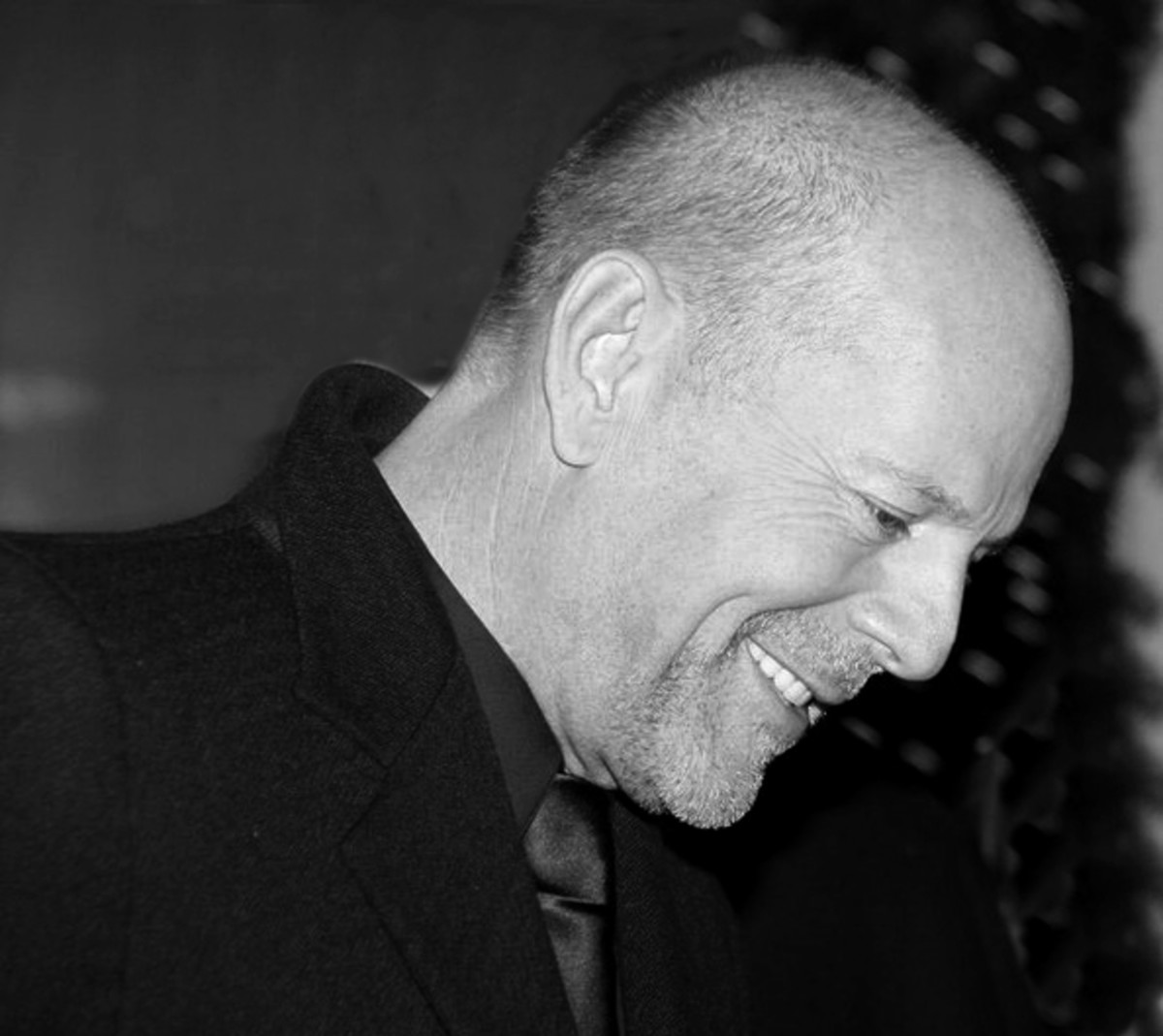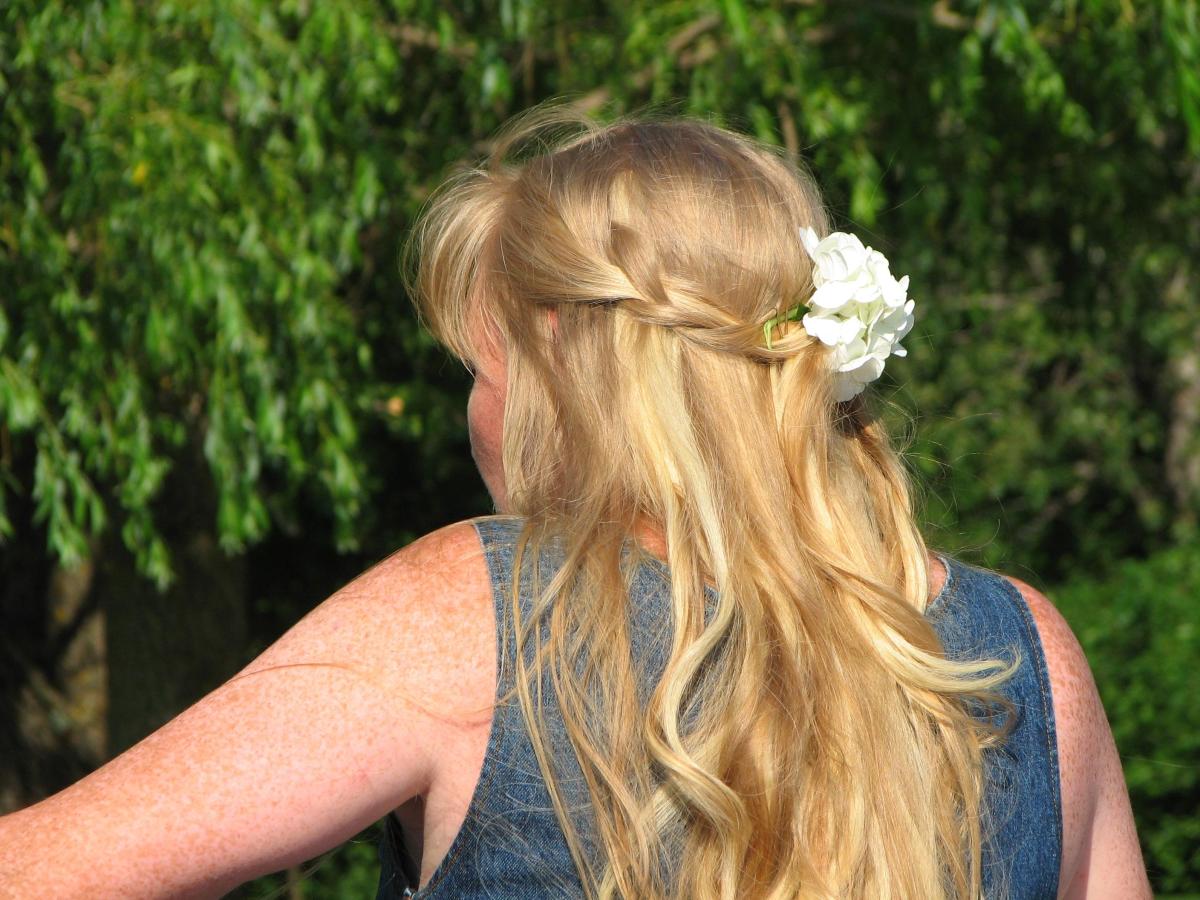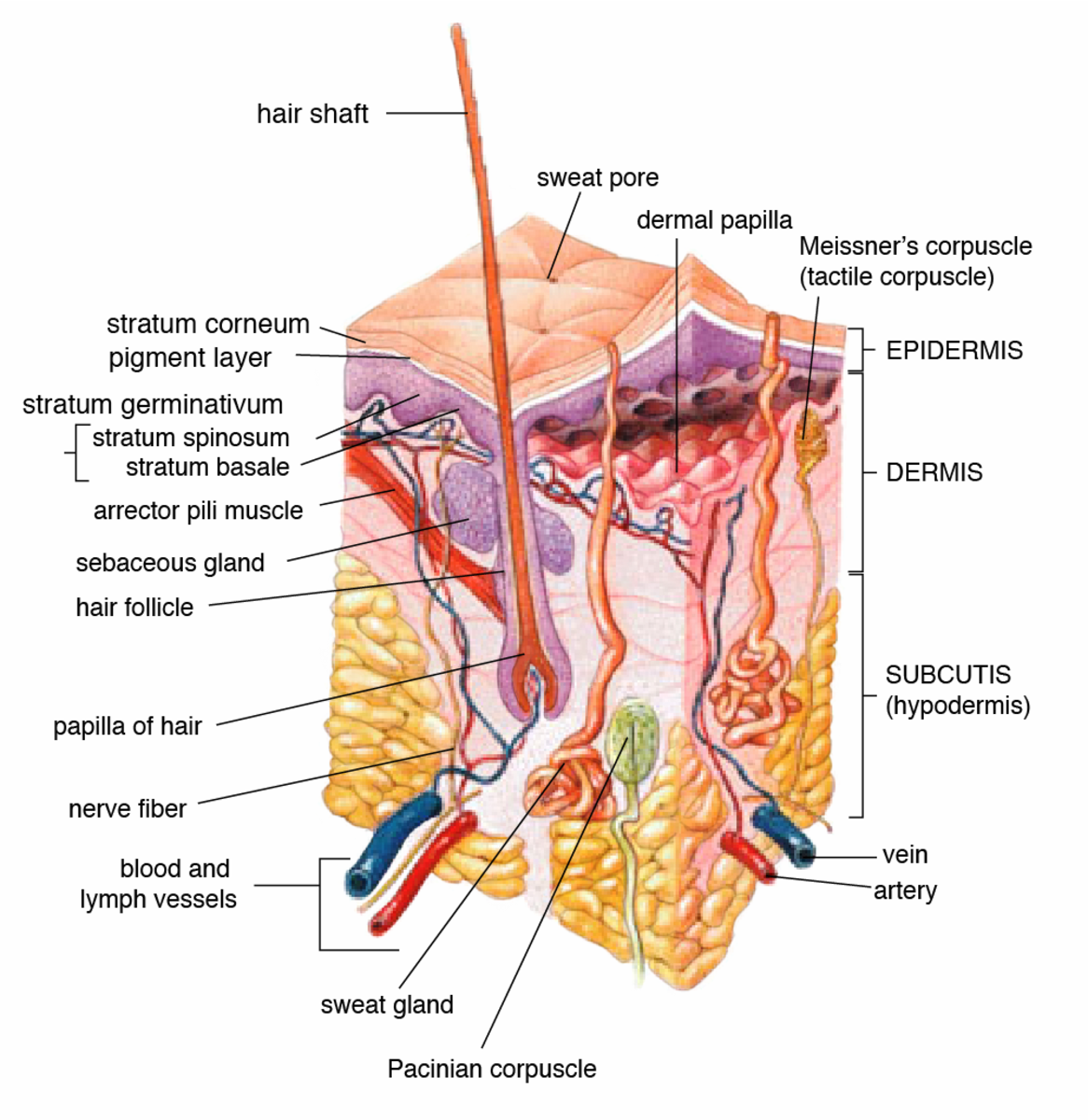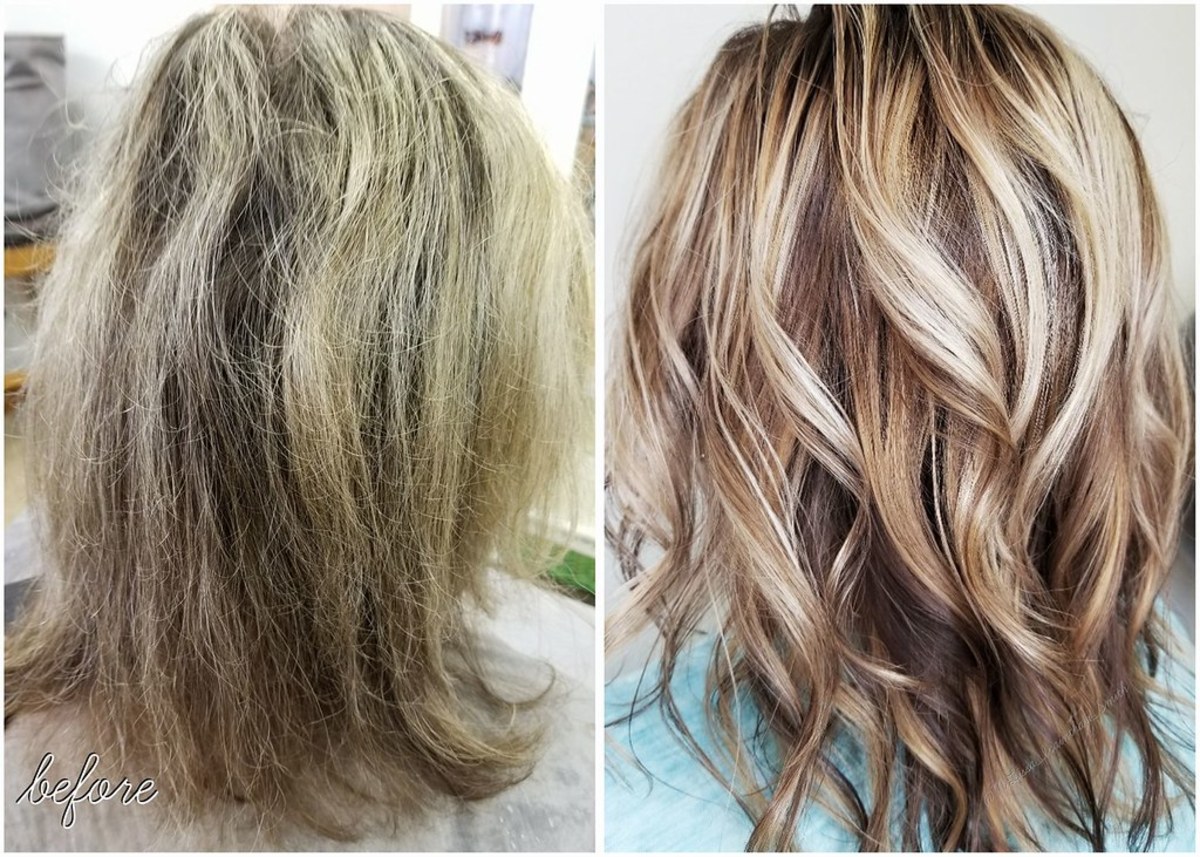How the Hair Loss Occurs

Introduction
Hair loss undermines self-esteem, but the cure is more challenging. Generally it involves bald patches, complete baldness, or gradual thinning.
By the age of 50, about 50% women and 85% men face hair loss at different levels. The American Academy of Dermatology says that about 80 million people in US have some degree of hair loss.
Irrespective of causes the people try everything to grow hair and prevent hair loss. But mostly the hair loss is caused by two factors, hormones and genetics.
Others reasons are stress, certain medical conditions and their side effects of some medicines.
Reasons for Hair Loss
Generally, the average hair growth per month is about half an inch. Up to 90 % of hairs are always found to be actively growing at any time. Whereas the remaining dormant hairs fall off after two or three months and the new hair grows out of their follicles. At this time the other follicles begin their dormant phase and this cycle continues.
On the other hand, hair shedding is different than hair loss. The hair does not grow back in hair shedding, which occurs during grief and stressful events of childbirth, breakup, divorce, shock, etc.
The medical term for hair loss is Alopecia and it is not limited to scalp only and may extend to other parts of the body.
Hereditary hair loss called androgenic alopecia or pattern balding or baldness occurs in both sexes. Hair thinning that originates at the center of the scalp is also genetic.
Aging or the natural effect growing older is the chief reason for hair loss.
Premature grey hair also causes hair to fall, because the lifeless and weak hair lead to hair shedding.
Smoking may be a factor associated with age-related hair loss among the men.
Several other reasons for hair loss are listed below in detail.
Myth
There is a myth that cutting helps in fast hair growth. But regular cutting just makes the hair look healthy as it removes split ends and lightens the weight. Only the healthy scalp is important for hair growth than what is being done at the farthest end.
Types of Baldness or Alopecia
Commonly the word baldness refers to the loss of hair on the scalp. But alopecia refers to hair loss or the hair thinning at any hairy part of the body including the scalp.
There are nine different types of Alopecia.
1, Alopecia Universalis
This is the severest form of alopecia caused by an autoimmune disorder. Here the entire body rapidly loses the entire hair of the body including that of eyebrows and eyelashes.
2. Alopecia Barbae
This problem affects both males and females in which the facial hairs are lost. But it worries the males only.
3. Alopecia Areata
It appears in patches in any part of the body. It generally involves patchy hair loss on the scalp, which leads to complete baldness, and then affects the other parts of the body.
4. Alopecia Totalis
All the hair on the scalp is lost.
It the progression of alopecia areata and can occur rapidly. Experts say it is the result of an autoimmune disorder.
5. Alopecia Mucinosa (follicular mucinosis)
This is an inflammatory condition which affects the hair follicles and the sebaceous glands and leads to both scarring and non-scarring hair loss. Generally, the scalp, neck, and face get affected, but it may include any other body part too. It is probably an autoimmune disease which could be reversed if treated early.
6. Androgenetic Alopecia
It is called female pattern baldness, which may appear during menopause. It thins the scalp hair and turns the facial hair coarser. It is different than male pattern baldness. Here the female experience overall hair thinning on the scalp, rather than the receding frontal hairline. It hardly causes total or near baldness.
7. Androgenetic alopecia (male pattern hair loss)
This is male pattern baldness in which the hair gradually thins over a period of several years. The common people generally refer to this type of baldness and it is a hereditary problem.
8. Traction Alopecia
It occurs due to excessive pull or tension in the hair shafts and could be caused by certain hairstyles, like very tight ponytails, braids or pigtails. The lost hair may not get restored if they continuously remain under pressure.
9. Anagen Effluvium
It is caused due to radiotherapy or chemotherapy for cancer treatment, compulsive hair pulling, and certain other medications. In most cases, the hairs grow back after some months.
Hair Cycles
Hair follicles do not produce hair constantly, but follow a cycle between four resting and growing phases, of anagen, catagen, telogen and exogen.
- Normally, more than 90% of the hair is in growing phase, "anagen," which can last from 2-6 years.
- A relatively short catagen phase follows, when the follicles regress and move toward the surface.
- Telogen is the resting phase.
- In "exogen" the hair falls out before the follicle resumes growth.
Generally the long hair tends to grow more slowly, as the phases are longer for longer hair.
Psychological Reasons
The mental state characterized by feelings of sadness, despair, and discouragement and psychological reasons of mental processes, including thoughts, feelings, and emotions also lead to hair loss.
Avoid Stress
The signs of mental stress appear on hair and skin in the form of hair loss or grey hair and wrinkles respectively. The stress is another fundamental reason for hair loss, grey hair, and wrinkles. It is during the stress that the body releases certain hormones which work against the overall system of growth and repair of the body cells or tissues and the hair is no exception.
The stress of surgery also causes hair loss, as it induces the body to temporarily stop the nonessential and secondary task of the production of hair.

Food Habits
The disorders of over dieting or heavy eating like bulimia and anorexia can temporarily stun the hair follicles to stop the growth. On the other hand, this situation also occurs from limited intake of biotins, proteins and vitamins. The deficiency of minerals like zinc and iron are also responsible for the problem.
Vitamin A
The diet rich in animal fats as in fast food and the excessive levels of vitamin A also contribute to hair loss.
Proteins
The body conserves the protein by signalling hair to switch to a resting mode during protein deficiency or protein malnutrition. This dormant phase of proteins halts the hair growth and causes hair loss as that caused due to the deficiency of iron. It too could be corrected through diet or supplements.
Iron Deficiency
The hair loss caused by anaemia or iron deficiency can take place suddenly or slowly. The situation will aggravate if the deficiency is not replenished in time. This universal deficiency of iron during menstruation and pregnancy can be corrected through diet or supplements to retard the process of hair loss.
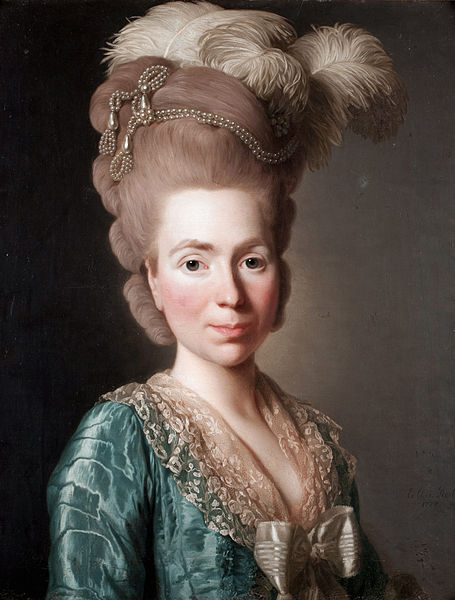
Improper Hair Care
Frequent use of chemical treatments like hair dyes, bleaches and tints; and the use of hair formations like hair straighteners, permanent wave solutions, perms etc., can damage the hair. If used and practised for longer durations these things result in the weakening of the hair and cause hair loss. The improper way of washing, shampooing, brushing, and combing can also harm the hair. This type of hair loss can be permanent depending on the degree of damage.
Hair Styles
Putting too much strain on the hair leads to traction alopecia. The hairstyles that put a lot of stress on hairs and pull them like braids or ponytails that pull the hair can also cause hair loss. The regular use of tight rubber bands, rollers or barrettes and pulling the hair into tight styles as cornrows can inflame or scar the hair follicles and lead to temporary hair loss.
The areas where the hairs are often styled are prone to hair loss. The frequent plucking or waxing the eyebrows can suppress the hair growth in the area.
Hair Dryer
Avoid the use of hair dryer to dry the hair as it heats up the scalp and causes excess sweating which makes the hair sticky and lead to hair loss. Sometimes the women tightly tie the hair after washing even when they have not dried, which causes sweating in wet hair and they become sticky.
Prescription Drugs
It is important to confirm from the physician about any impending side effects, as some prescription drugs meant for heart problems, high blood pressure, arthritis, depression etc., may cause hair loss.
The hair follicles also get attacked during chemotherapy along with all the fast-growing cancer cells in the body, and this is one of the most common reasons for hair loss.
The hair loss also occurs due to the drugs for depression, blood thinning, high blood pressure, diabetes, cholesterol, gout or buildup of uric acid, anabolic steroids and chemical treatments of acne etc., cause hair loss. Such losses are temporary and get reversed after the discontinuity of drugs.
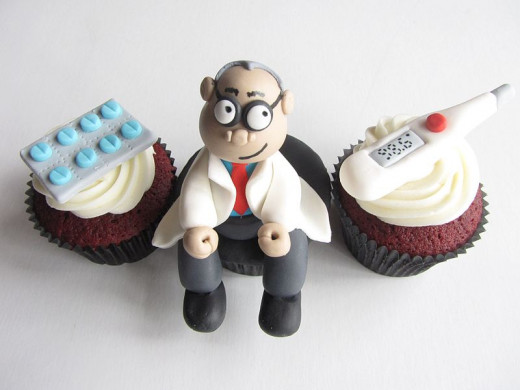
Severe Illness and Surgery
Unhealthy hair can usually be identified simply by looking at it. Instead of exhibiting flexibility and sheen, the unhealthy hair appears dull and brittle. Hair that begins to fall out in patches, or breaks off in chunks, can be a sign of an underlying health condition.
Severe illnesses accompanied by high fever causes the hair cells to shut down and result in temporary hair loss. The health conditions like syphilis, lupus or severe infections may also trigger hair loss.
Sudden hair loss may indicate the symptoms of diseases like Psoriasis, Dermatitis, skin cancer etc.
The hair loss caused by chronic illness is often related to the stress associated with it, but the hairs eventually grow back after the illness.
Certain Hair Styles Cause Hair Loss
Hormone Imbalances
The hormones are the chemicals produced by different glands in one place but are sent to different parts of the body for specific regulatory effects. All types of hormone imbalances including those in pregnancy, childbirth, menopause, hysterectomy and the hormone replacement therapy induce more hair follicles than normal to enter the dormant phase.
Contraceptives
The contraceptives or birth control pills contain oestrogen and may result in a hormonal imbalance in women which can affect both hair growth and hair loss. But it is not a lasting process and the lost hair grows back. Such hair loss can be corrected by switching to another brand of oral contraceptive. Sometimes the hair loss also occurs when certain birth control pills are discontinued.
Di-hydro-testosterone (DHT)
Male pattern baldness (MPB) is a form of hair loss that occurs when a byproduct of testosterone called di-hydro-testosterone attacks the hair follicles. More testosterone means more DHT. The male hair loss is more common even at an earlier age, as they produce more testosterone than women.
The elevated levels of this testosterone derivative shrink the hair follicles and may stop the production of hair. It may be a genetic factor causing hair loss in the front of the scalp leaving the hair on the back and sides of scalp unaffected.

Thyroid Disease
Thyroid gland located at the lower part of the front of neck produces hormones which regulate the metabolism of the body for growth, maintenance and energy. The hair cells shut down and the energy is redirected to other parts of the body during hyper and hypo-thyroids. As a result, the hair becomes thin, falls out, and often changes in texture. But such hair loss due is a treatable temporary condition.
Ringworm
Besides body, feet, and nails this contagious fungal infection attacks the skin scalp can lead to hair loss or baldness. The problem is temporary and the hairs grow again after the treatment of ringworm.
Immune System
Due to some disturbance immune system, the problem of alopecia areata appears even in children and young adults. It may occur at any age in anyone. Here the immune cells attack the follicles of the body for unknown reasons and the sudden hair loss occurs often in round patches on the scalp which is roughly of the size of a coin or sometimes larger. The hair may sometimes fallout from the whole head and body, including the beard and eyebrows in alopecia areata which is caused by infection, virus or drugs. In this case, the hair usually grows back again within two years or so.
Autoimmunity
The condition of rapid body hair loss in alopecia areata is an autoimmune disease which has no cure as the immune system mistakes the healthy cells of the body as invaders and repeatedly attacks them.
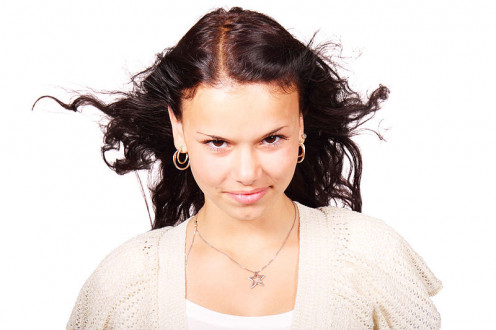
Pollution
The pressure of unwanted substances in the scalp builds up due to air and water pollutants like certain minerals in water, environmental toxicity, phototoxic effects of sunlight or sunburn and excessive amounts of sebum.
This causes the ageing of the scalp and results in the blockage or damage to hair follicles which ultimately leads to hair loss. This situation can physically restrict the growth, damage the hair cuticle, weakens and breaks the hair before its natural lifecycle.
Sweating
The excessive sweating on scalp increases the salinity in hair. It causes dandruff, bad odour and hair loss. So in order to reduce the hair loss caused by sweating, it is better to massage the hair with oil and use hair pack once a week and wash the hair 2-3 times a day after excess sweating.
Diagnosis
The causes of hair loss are determined by medical examinations. A dermatologist ascertains and recommends the solution that why the hair are not growing.
The biopsy of a small patch of skin containing the hair follicle is sent to the pathologist to find if it is due to autoimmune diseases like lupus, infections etc. The examination of hair and follicle ascertains the bacterial or fungal infection. The reasons for stress or family history of the patient are also determined.
Possible Medical Treatments
The intake or topical application of chemical drugs and creams available in the markets claim to increase the hair growth, but they may have other side effects.
Hair loss remedies are mild or extreme, natural or synthetic and inexpensive or costly. Much depends on reason or need to mask or replace it.
Anti-inflammatory steroid-based creams or injections can calm follicles damaged or inflamed by harsh chemicals or excessive pulling.
Surgical hair replacement techniques include grafting, which transplants 1 to 15 hairs per disc-shaped grafting from one place to another.
The hair-covered scalp can be stretched to fill in the bald areas in scalp reduction technique where the bald skin is removed from the scalp.
The problems of side effects like swelling, bruising and headaches are associated with scalp surgeries.
Hair-growth laser treatment can stimulate hair follicles and improve growth.
Be Careful with Supplements
Take supplements under medical supervision. Several supplements and topical gels like Rogaine and Finasteride (Propecia) etc. contain active ingredient minoxidil, and or corticosteroids. The trials confirm the benefits, but it is not certain if the hair keeps growing after discontinuing supplements. All trials of products like Rogaine have been done on men. Supplements are not monitored by the FDA and could possibly be contaminated or in the incorrect dose.
Other ways to Prevent Hair Loss
1. Avoid the use of gels and synthetic products like shampoos, dyes and oils etc.
2. Avoid tight hair styles as hair loss conditions and Alopecia also get aggravated by constantly pulling back your hair.
3. Avoid hot blower drying, hard tying, and brushing the hair when wet.
4. Exercise daily for at least for 30 minutes.
5. Take care of the foods and drinks.
6. Drink about 6 to 8 glasses of water per day.
7. Reduce and manage stress level.
8. The natural herbal treatments in Indian and Chinese remedies, acupuncture, zinc and vitamin supplements and evening primrose oil and aromatherapy also improve the hair growth. The herbs applied directly to the scalp can restore some hair growth within 6 months.
© 2015 Sanjay Sharma


